Not-So-Simple Sorry
This post may contain affiliate links.
written by David LaRochelle
Not-So-Simple Sorry
The simplest things can be the most challenging: learning to tie a shoelace, snapping your fingers (I still haven’t mastered that one yet), or saying, “I’m sorry.”
Sure, everyone apologizes, all the time. And we’re always telling kids to apologize: “Kenesha, tell your sister you’re sorry you stepped on her dollhouse or you can’t go outside and play.” But do we ever actually explain to kids what makes a good apology?
I don’t think I was taught how to apologize until I was about, oh, fifty years old. A counselor I was seeing at the time laid it out pretty clearly: “Say you’re sorry for what you did, and if possible, try to fix the mistake.”
What could be easier than that?
Except when I started paying attention, I realized that people are TERRIBLE at apologizing. And I was as inept as everyone else. Our apologies often morph into excuses: “I’m sorry I was late for the meeting, but I was up late watching Stephen Colbert and I overslept and there was extra traffic this morning and…” Or worse, we don’t actually apologize for our actions: “I’m sorry you feel bad that I laughed at your hideous sweater.”
If adults aren’t good at apologizing, how can we expect kids to master this seemingly-simple-but-in-reality-challenging life skill?
One way is to simply model good apologizing ourselves. Rather than giving your child a string of excuses why you couldn’t attend her soccer game, simply say, “I’m sorry I wasn’t there. How can I make it up to you?”
Another way is to role-play situations where one person owes another an apology. Sharing books can provide great discussion opportunities for this. “Those stepsisters weren’t very kind to Cinderella, were they? What do you think they should say? And what do you think they could do to make up for their behavior?”
Of course, to be good at something, you need to know the basics about how to do it.
My counselor’s words on apologizing stuck with me for a long time. Eventually, they led to some straightforward tips that I jotted down in my writer’s journal:
- Say you’re sorry for what you did.
- Be sincere.
- Don’t make excuses.
- Fix the mistake if possible.
- It’s never too late to apologize.
As an author, I’m well aware of the number one rule of writing for kids. NO ONE WANTS TO READ A DIDACTIC CHILDREN’S BOOK! ESPECIALLY A CHILD! And honestly, what could be more didactic than a book on apologizing?
Fortunately, I have a good imagination. I began imagining humorous scenarios that would depict the right (and wrong) way to demonstrate these tips. And if combined with the expressive animal illustrations of my good friend and fellow critique-group-member Mike Wohnoutka, a funny (and non-didactic) children’s book on apologizing seemed possible. Luckily for us, our editor agreed.
My biggest hope is that our picture book HOW TO APOLOGIZE will be another tool that parents and educators can use to help young (and not-so-young) people learn to be better at saying, “I’m sorry.” And if nothing else, the book has already been a success; it continues to remind me on how I should apologize.
And that, I think, would make my counselor proud.
About David LaRochelle

David LaRochelle is a recipient of the Sid Fleischman Humor Award and the author of many books for young readers, including Isle of You, illustrated by Jaime Kim, and the Theodor Seuss Geisel award-winning See the Cat: Three Stories About a Dog, illustrated by Mike Wohnoutka. David LaRochelle is very sorry that he stole his sister’s diary and read it to his next-door neighbor when he was ten years old. You’ll find him repentant and living in White Bear Lake, Minnesota.
Note from Melissa: Readers, David LaRochelle’s latest picture book, HOW TO APOLOGIZE, is one of my new favorite books — and it will be a valuable resource for you as parents and educators. It’s fantastic and funny and relatable. (And, I am holding myself back from sharing it with a few people and businesses I know. (Maybe David’s next book can be about how to not be passive-aggressive! Go, me?!) Thank you, David, for writing this personal essay that shares your own process of learning to apologize as well as the way you thoughtfully addressed the subject in a picture book.
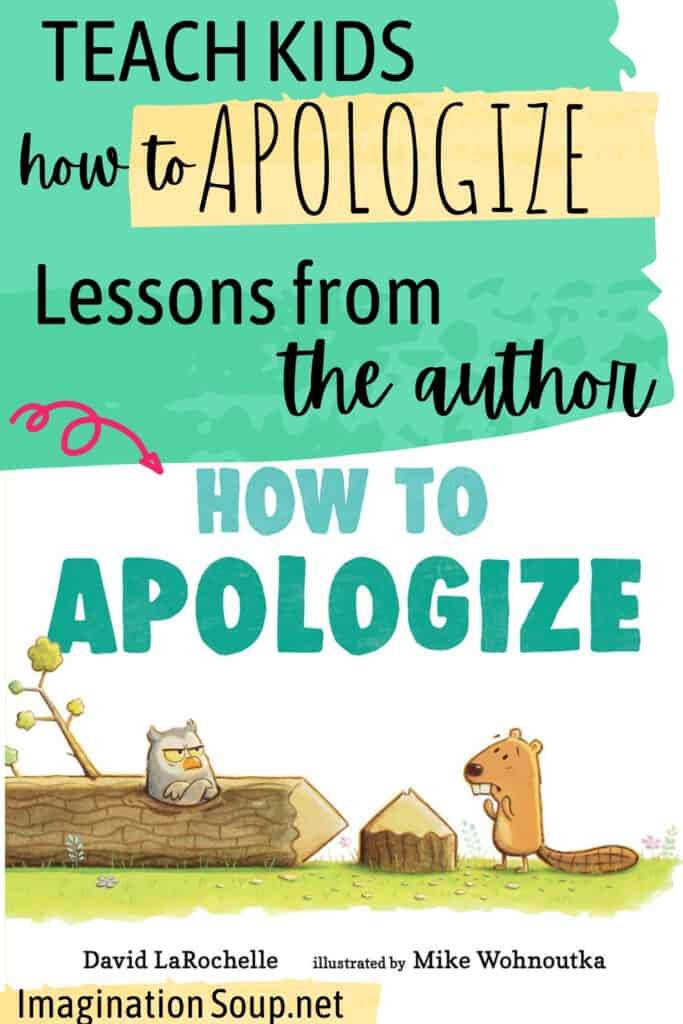
Also Read:
Guest Essays from Authors, Educators, and Librarians
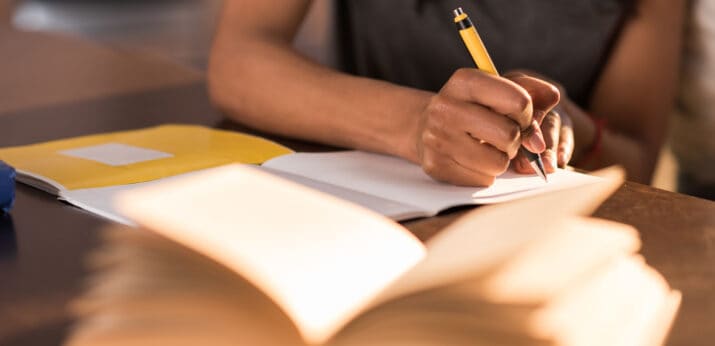


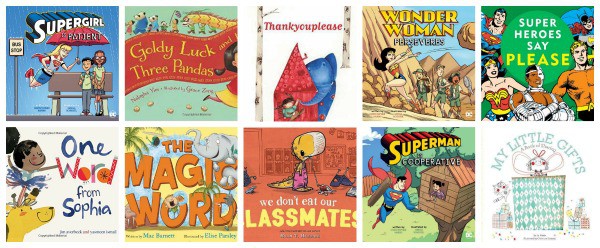
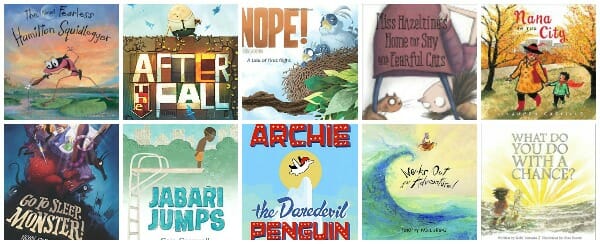


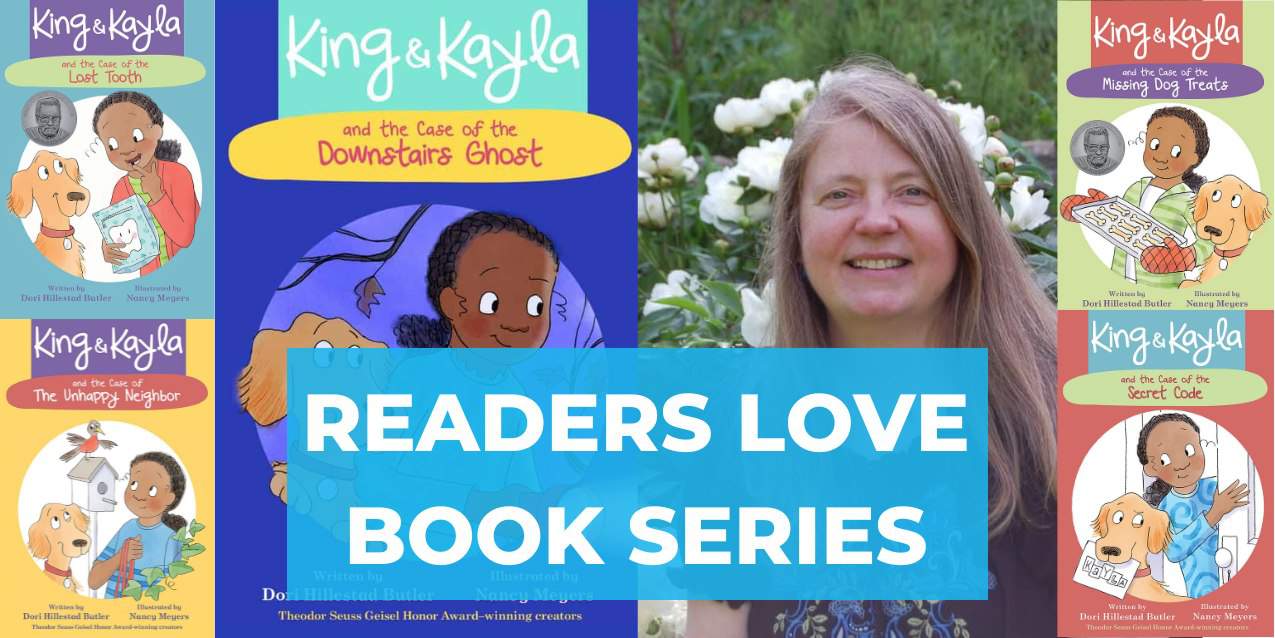

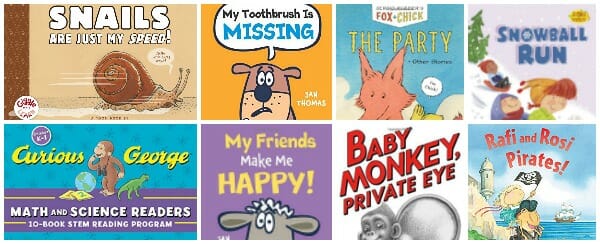

Awesome! I can see this book in the classroom and in a child’s lap in a grownup’s lap (we need it!). Thank you!
Excellent reviews! I teach with research based literacy strategies, but the heart of these matters is a library of books WHICH BOTH TEACH AND APPEAL TO STUDENTS.
THANK YOU for being a wonderful, well-categorized resource!